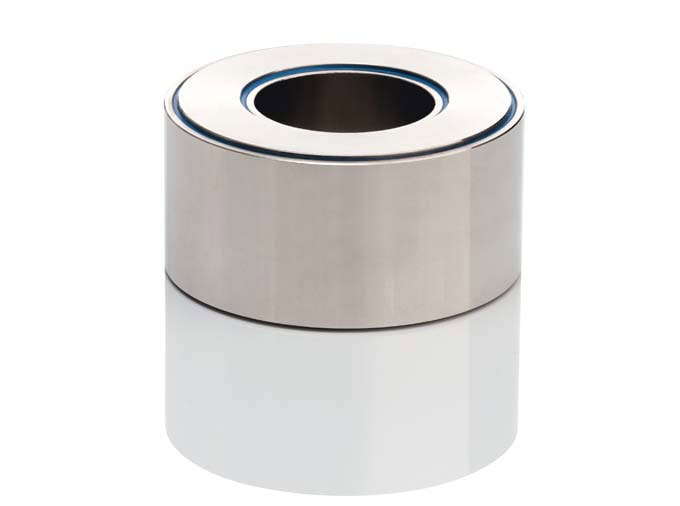iPhone 7 and the limits of physics
With the targeted miniaturization of the iPhone 7, Apple is feeling its way to the limits of physics, explains Raimund Hahn, chairman of the Global Mobile Forum at the Diplomatic Council and CEO of Rhino Inter Group, an insider company in the supplier industry.
According to Hahn, 3D stacking of microchips will "extend Moore's Law by a few more years at most", provided that it is still technically manageable and economically viable for manufacturers at all.
With so-called "fan-out packaging", as is planned for the next iPhone generation, Apple no longer wants to place the individual microchips within a chip next to each other, but stack them on top of each other in order to save fractions of a millimetre of space. "Fan-out packaging is a promising chip design, one could also speak of 3D chips, but it presents the manufacturers with enormous challenges," Hahn reports from the Asian supplier industry.
3D chip stacking
According to the "chief thinker" for mobile communications at the Diplomatic Council, the three-dimensional stacking of chip functions on top of each other may be the last step before Moore's Law has to be abandoned. George Moore, the co-founder of Intel, now the world's largest chip manufacturer, had postulated in 1965 that twice as many circuits (microchips) fit on a chip each year as in the previous year - he later corrected the time span to two years.
The law has applied until now, but "it could come to an end in the next few years, starting with the iPhone 7," speculates Raimund Hahn. He explains: "Microchip technology is now moving in atomic dimensions, so that the laws of quantum mechanics are increasingly throwing a spanner in the works of chip engineers.
Find out more about mobile developments and trends at http://www.diplomatic-Council.org and http://www.rhino-inter-group.com










